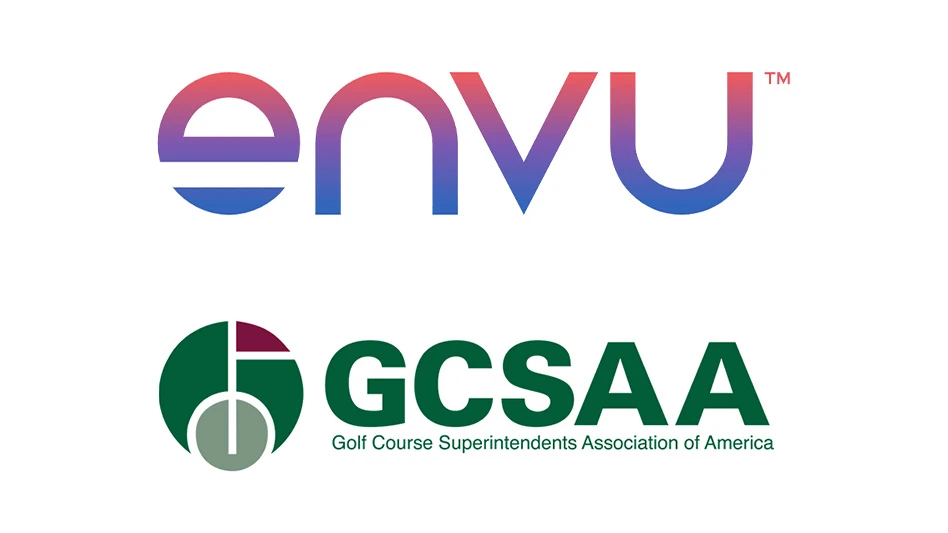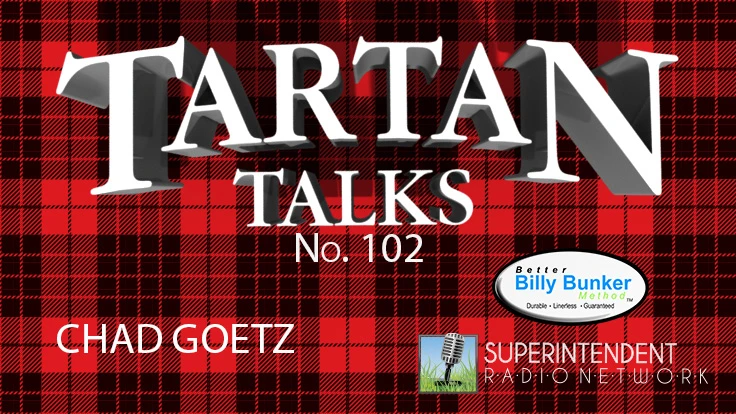|
Special K Phosphorus (P) and potassium (K) are the two most important elements to plant growth right after nitrogen (N). All plants need these elements to properly grow and turfgrass is no exception. The makeup of many soils includes enough P for established grass plants. Some soils, especially sandy ones, do not contain enough P. It is a little different for new seedlings. Iowa State’s Nick Christians says, “P is not mobile in the soil and the young plant’s roots are not developed enough to go out and get it. The addition of P when seeding can be essential.” “Once the root system is established, the plant is very efficient about finding P in the soil,” he adds. According to Doug Soldat, University of Wisconsin, “P is most available at neutral pH (pH 7), so highly basic and acidic soils can be low in P.” The only way to know for sure if more P is needed is through soil tests and, in some cases, support from tissue tests. According to Virginia Tech’s Michael Goatley, Jr., potassium is critical for water relations within the plant, serving as the “antifreeze” and “coolant” in plant cells. “It has been positively correlated with improved drought and traffic tolerance in several studies,” he says. Turf managers have to realize that potassium fuels many processes within the plant, Carmen Magro says. “If we miss a single process that would have otherwise occurred if potassium was present at the right place at the right time within the plant, that has a great impact on the turf’s performance,” he says. It is also important to ensure that the soil test interpretations are following the latest research results. “If the soil test says ‘low’ or ‘very low’ and the grass looks fine, have a tissue test to see how much of each is in the grass,” Soldat says. |
Superintendents have practiced precision turf management (PTM) in rudimentary forms since the beginnings of modern agronomy. As such, greens and fairways are treated differently. When a superintendent recognizes different soils in specific areas, adjustments to applications are made to make sure the optimum amount of an input is applied to each particular area. Inputs include water, nutrients, soil amendments and plant health products. If a problem area is observed, treatments are determined to address that problem in that area.
As the awareness of environmental stewardship increases, superintendents look for better ways to use inputs responsibly. As the public holds superintendents more accountable, the need to address concerns more accurately increases. PTM is one such tool. As our February cover story (see For More) pointed out, precision agronomy (PA) has been used quite extensively in agriculture for several decades. It is starting to gain interest as applied to turf (PTM) in a variety of applications.
Pros of mapping
Today, improved GPS, sensors, multiple soil tests and new software allows superintendents to more accurately practice PTM. The site-specific information can be gathered and mapped for site-specific management, including determining fertilizer needs. When an area shows physical symptoms of nutrient deficiency, you are already behind. It will take much longer for turf to outgrow a deficiency than to respond to a need that isn’t visible on the surface.
Phosphorus (P) and potassium (K) are the two macro nutrients for which this is particularly true.
Proactive environmentalism
Laws and regulations in parts of the country restrict use of many prodcuts. This is particularly true of phosphorus in areas with watershed issues. While some of these rules are not based on science, it takes science to justify the proper maintenance of the turf.
If soil tests indicate P is needed, it would be environmentally irresponsible to not apply the P, says Dr. Michael Goatley, Jr., professor and extension turf specialist at Virginia Tech. “However, any steps that can be made to ensure that P fertilizers are applied and remain in the turf canopy/rootzone are absolutely critical to protect water quality,” he says. “Simple things like returning clippings, keeping them off any hardscapes, establishing low-input vegetation boundaries around water resources, spoon feeding P sources on highly leachable sand-based soils, collecting clippings at equipment cleanup sites and/or washing mowing equipment off in turf will all help.”
PTM and technology
Carmen Magro, CGCS, Professional Ag, MBA, vice president at Stevens Water Monitoring Services, says as technology has grown, turfgrass managers have a wealth of knowledge at their fingertips with only a few minutes of monitoring a day on greens, tees, fairways, or any other turf area of interest. With this technology, the demand for knowing these variables has grown in recent years, which has led to an increase in PTM.
“Being precise about what we apply and how we apply it should encourage everyone to utilize technology and techniques to allow for the precision to even take place,” Magro says.
Soil tests are just one of the tools we use to determine P and K needs. Doug Soldat, associate professor and extension specialist, University of Wisconsin, says, “A soil test interpretation is only as reliable as the data behind it and we have a small amount of research behind our turfgrass soil test interpretations compared to the research that has been done in agriculture.”
He adds, “Larry Stowell of PACE Turf, and Micah Woods of the Asian Turfgrass Center, have developed a system to determine what they call the ‘Minimum Levels for Sustainable Nutrition (MLSN).’ These minimum levels are substantially lower than the levels that are typically used for interpreting soil tests. The MLSN research suggests that we can grow healthy turf with less P and K than we thought.”
|
Environmental question Between the two, phosphorus has sparked the most concern. High levels can increase algae blooms in water ways and decrease water quality. The problems can occur whether a fertilizer containing P gets into the water or grass clippings or other plant materials containing P find their way into it. “While turf fertilization is not a primary source of P runoff, our industry should continue to be leaders in environmental stewardship and use P fertilizer only when necessary,” says Doug Soldat, University of Wisconsin. Potassium has no negative environmental consequences, but as its price increases, it becomes more important to make sure you are not applying any more than is needed. |
Magro adds, “If we are truly going to manage fertilizers and nutrients directly related to the turf’s true performance abilities, we need to know current conditions, trending conditions and variations across turfgrass sites easily and effectively. Managing turfgrass with precision turfgrass management practices in fertilization is still guesswork without insight to the needs, trends for needs or deteriorating issues.” He adds, “Remember that when we see symptoms on the surface or root system, those symptoms – whether discoloration, root/tissue loss, disease issues or just poor turf performance quality – resulted from some cause that occurred in the past few days, weeks, months or even years.”
Remember, there are variables that affect the availability of P in the soil. Keep pH between 6 and 7 for best availability. P deficiencies are more prevalent in sandy soils, especially well irrigated ones. The pH may also be low in such soils. Mapping soil types, pH, organic matter to sand and other details will help you apply what you need just where you need it.
Precision applications in the proper places will help maintain a playing surface that pleases both players and financial planners. Not only will the turf grow better and provide superior biological filtration qualities, it may outgrow other problems, thus cutting back on the amount of additional inputs that would otherwise have to be applied.
PTM is just one tool used to maintain turf in an environmentally responsible manner.
Steve Trusty is a writer based in Council Bluffs, Iowa, and is a frequent GCI contributor.
For more
Check out GCI’s February cover story, “Agronomy of Scale” for more information on precision turf management (PTM). Just enter bit.ly/PnHJen into your browser to access the story.
Continuing the discussion of sustainability on the golf course, Dr. Micah Woods talks about the importance of using just the right amount of potassium. Enter bit.ly/1nuWszZ into your browser to access this podcast.

Explore the June 2014 Issue
Check out more from this issue and find your next story to read.
Latest from Golf Course Industry
- Florida's Panther National announces internal promotions
- The Aquatrols Company adds new territory manager
- Melrose leadership programs sending 17 to GCSAA Conference and Trade Show
- Maximizing your experience at trade shows: tips and etiquette for attendees
- Tubac’s Rancho 9 re-opens after greens renovation
- Future Leaders Academy set for Jan. 23 in suburban Pittsburgh
- 54, Turfgrass set to manage Druids Glen, Curracloe Links
- Nufarm introducing new products in San Diego





